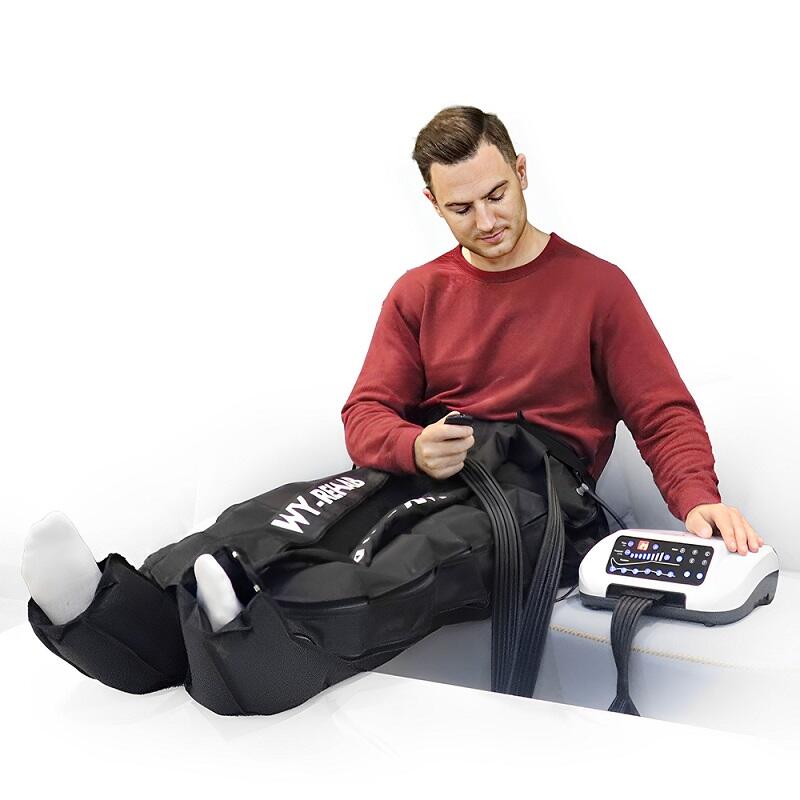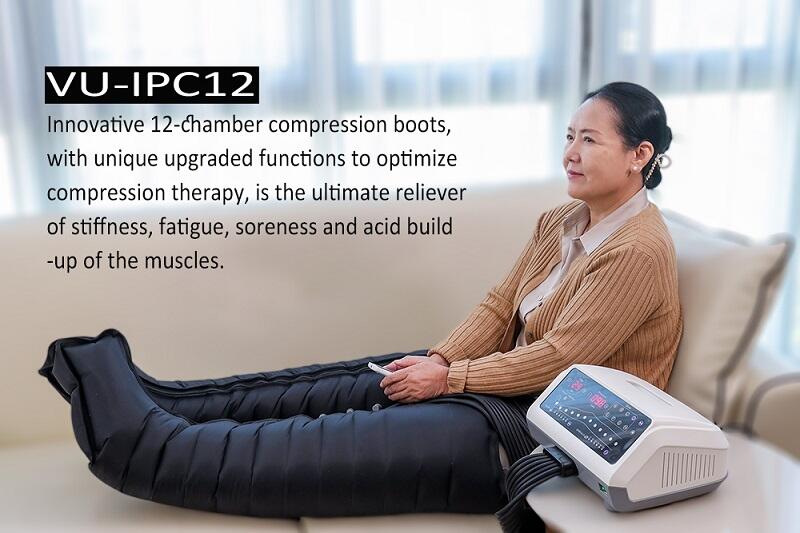열 및 얼음 치료
열과 냉각 치료는 이중 요법(contrast therapy)으로도 알려져 있으며, 열치료와 냉각치료의 유익한 효과를 하나의 치료 프로토콜 안에서 결합하는 정교한 치료 방법입니다. 이 동적 치료법은 일반적으로 104-113°F (40-45°C) 범위의 온열 적용과 50-59°F (10-15°C) 사이의 온도에서 시행되는 냉각 치료를 번갈아가며 실시하는 방식으로 작동합니다. 이 치료는 혈관이 온도 변화에 따라 번갈아 확장되고 수축하는 혈관 체조(vascular gymnastics) 원리를 기반으로 합니다. 온열 적용은 치료 부위로의 혈류를 증가시켜 조직의 탄력을 높이고 근육 긴장을 완화시키는 반면, 냉각 치료는 염증을 줄이고 통증 수용체를 마비시킵니다. 이러한 치료 시스템에는 일반적으로 정밀하고 일관된 온도 조절이 가능한 고급 온도 제어 장치가 포함되어 있습니다. 최신 장비들은 치료 시간, 온도 범위 및 사이클 간격을 프로그래밍할 수 있는 기능을 갖추고 있어 맞춤형 치료 프로토콜을 설정할 수 있습니다. 이 다목적 치료법은 스포츠 의학, 물리치료, 재활 센터 및 웰니스 클리닉 등 다양한 분야에서 활용됩니다. 시스템 설계는 종종 인체공학적 어플리케이터와 다양한 신체 부위에 밀착 가능한 유연한 감싸개를 포함하여 큰 근육군부터 작은 관절까지 다양한 부위 치료에 적합하도록 구성되어 있습니다.


